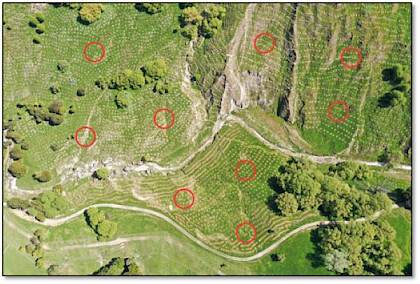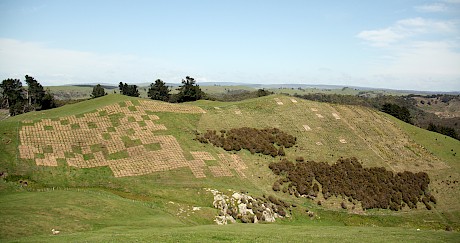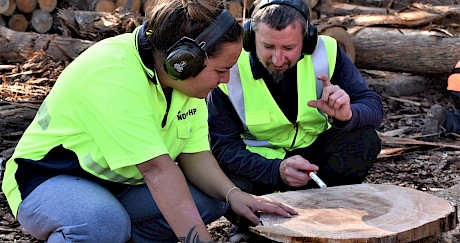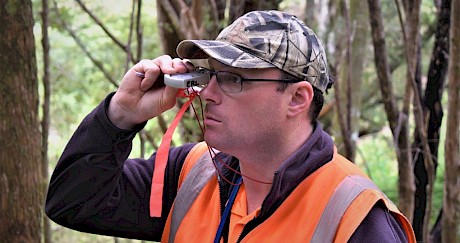Monitoring Native Planting ProgrammesProject Status: Completed
Introduction
Tāne’s Tree Trust in collaboration with Trees That Count have developed a monitoring system that involves:
- Recording planting site information including species planted, plant spacing, location of planting site on a map, etc;
- Undertaking regular inspections particularly in the first few months after planting to record any issues that may be reducing early survival and growth
- Taking a photographic record of the development of natives on the planting site; and
- Assessing early survival and growth with the option of a subjective walk-through method or a more robust quantitative plot-based method for larger plantings.
Monitoring early survival and growth of plantings will provide valuable insights into what is working or not. It will help with scheduling timely weed and pest animal control, and help participants learn from any failures. It also provides the opportunity for those planting to provide feedback to funders and supporters on the success of their planting programmes and investment.
Field based methods
Work over the past 12 months has focused on continual improvements to the two field-based sampling methods:
- BASIC walk-through method – a subjective method to estimate overall performance from a walk-through, sufficient for small-scale plantings that can be easily carried out by the landowner or planter.
- ADVANCED rapid plot-based quantitative method – a quantify survival and growth by species using a network of rapid survival plots recommended for those involved in large-scale planting.
This has included running a number of online and field-based monitoring workshops to demonstrate the sampling methods, auditing monitoring work undertaken, and initiating a series of short videos on monitoring.
Data processing system
The main focus over the past 12 months has been on refining and widely testing the data entry, processing, storage and results system for users including:
- Entering field data directly online including photographs and any comments; and
- Automatically generating a project results page with summary tables and graphs.
An example of one demonstration site performance is provided for the Waikato (Te Miro) demonstration area, Cassie’s Farm. This includes a summary of the proportion of trees and shrubs planted at that site and by species. 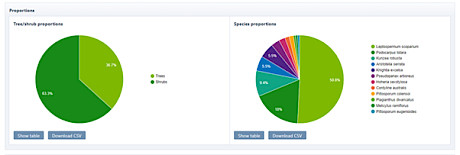
At Cassie’s Farm demonstration site, several assessments have been undertaken including a baseline measurement soon after planting, and then remeasurement of the network of plots 1 and 2 years after planting. Results for mean survival, height and plant vigour, and for incidence of injurious agencies are generated by summary tables and as shown below in graphs. 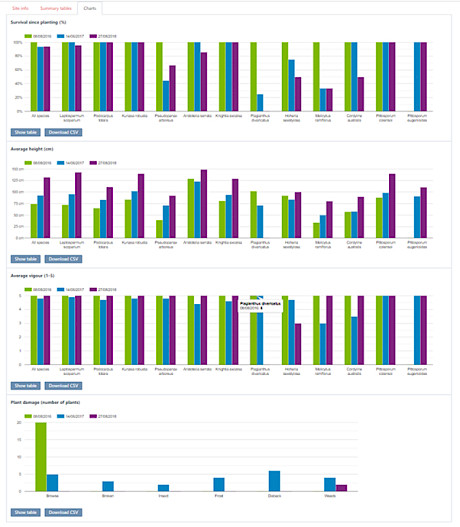
Project partners
In addition to support from The Tindall Foundation and Trees That Count, key project partners include Pāmu Farms, Tasman Environmental Trust and Auckland Council.

